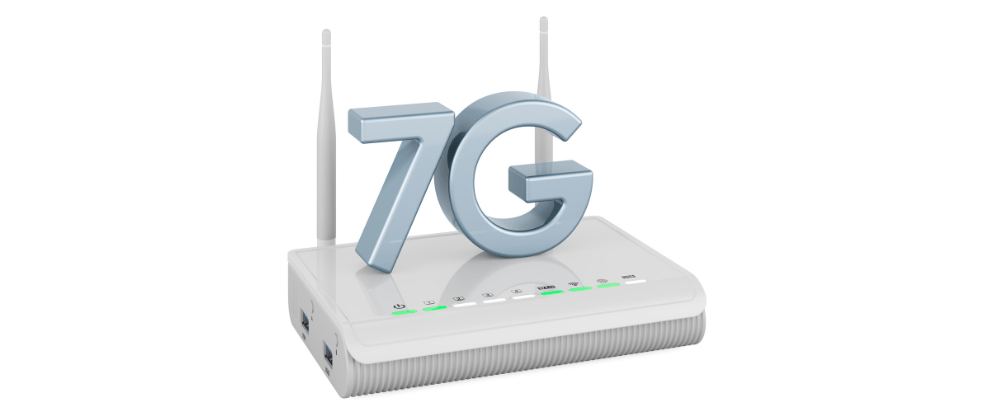The realm of remote work has evolved into a cornerstone of modern professional landscapes. As tech experts, understanding the nuances of decoding remote efficiency becomes imperative. This blog dissects the intricate mechanisms contributing to a seamless remote work experience.
Understanding the Technological Infrastructure
-
Network Optimization
At the heart of efficient remote work lies the optimization of networks. IT mavens delve deep into the technical nuances of network protocols, bandwidth management, and latency reduction. Network protocols act as the language of communication between devices, and understanding and fine-tuning them are essential for a cohesive virtual environment. Bandwidth management ensures equitable distribution of network resources, preventing bottlenecks and ensuring a consistent data flow. Moreover, addressing latency issues becomes pivotal for real-time collaboration, requiring tech experts to implement strategies that minimize delays and enhance responsiveness. Through meticulous optimization of these parameters, tech experts pave the way for a network infrastructure that becomes the lifeline of uninterrupted workflow.
-
Cybersecurity Paradigms
In the decentralized landscape of remote work, fortifying digital defenses is paramount. IT mavens are digital guardians, employing advanced encryption methodologies to shield sensitive information from prying eyes. Understanding and implementing multi-factor authentication adds a layer of security, ensuring that only authorized personnel gain access to critical systems and data. Exploring secure communication channels becomes imperative as tech experts decipher the cryptographic intricacies underpinning digital exchanges’ confidentiality and integrity. Safeguarding against cyber threats requires constant vigilance and a comprehensive understanding of evolving cryptographic techniques. In this intricate dance of data security, tech experts are the guardians of digital fortresses, ensuring that the integrity and confidentiality of information remain uncompromised in the decentralized expanse of remote work.
Ergonomics and Human-Machine Interaction
In the remote work paradigm, the fusion of ergonomics and human-machine interaction becomes the linchpin for a harmonious and productive work environment. This entails a meticulous examination of how humans interact with machines, emphasizing the importance of design that caters to the innate needs and capabilities of the user.
Human-Centric Design in Virtual Collaboration Tools
Intuitive Design for Seamless Interaction
As custodians of efficient remote work, tech experts must prioritize the development of virtual collaboration tools with intuitive design. This involves creating instinctively navigable interfaces, minimizing users’ learning curve. The synergy between simplicity and functionality ensures that even complex tasks can be executed effortlessly.
Accessibility Features for Inclusive Participation
The inclusivity of remote collaboration tools is a hallmark of their effectiveness. This section explores the integration of accessibility features, such as screen readers, voice commands, and customizable interfaces. By accommodating users with diverse abilities, these tools become more versatile and contribute to a more inclusive professional environment.
Ergonomic Considerations for Physical and Mental Well-being
Decoding remote efficiency goes beyond digital interfaces. It extends to the physical well-being of remote workers. Tech experts should champion ergonomic considerations, advocating for features that reduce eye strain, minimize repetitive strain injuries, and promote healthy posture. Prioritizing ergonomic design fosters a work environment that enhances productivity while safeguarding the health of remote workers.











